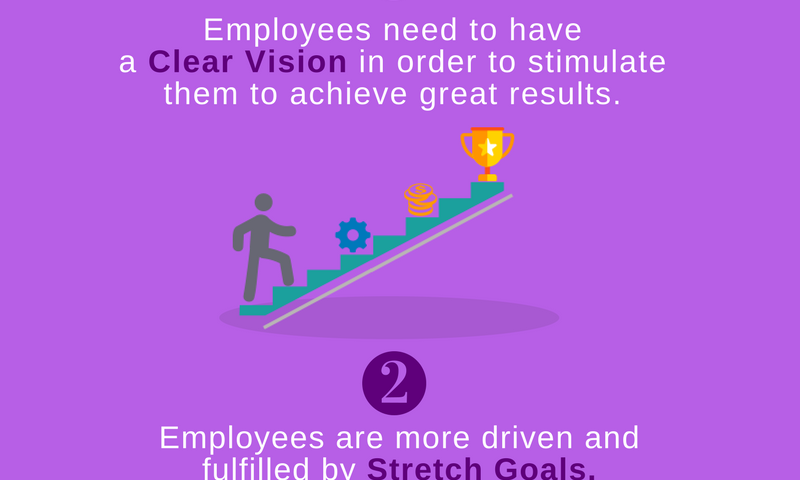3 Ways To Drive For Results And Still Be Likable

Bold Leaders: Reviewing The Gender Gap In Employee Engagement

3 Ways To Drive For Results And Still Be Likable

3 Ways To Drive For Results And Still Be Likable
1. Employees like leaders who are able to communicate clear strategy and direction.
People are willing to drive for results when they clearly understand what is being asked of them. Relationships become strained when employees feel confused and frustrated about the vision and strategy.
Florence May Chadwick was the first woman to swim the English Channel. During one of her swims from Catalina Island to the California coastline she ran into trouble. A thick fog rolled in and she could no longer see her end point. As result, she began to doubt herself and gave up. Once out of the water she learned she was only one mile from the coastline. On her second attempt the same fog rolled in, but this time Florence pressed forward with a vision of the coastline that she couldn’t see. That vision helped her achieve her goal.
Just like Florence, employees need to have a clear vision in order to stimulate them to achieve great results.
2. Employees are more driven and fulfilled by stretch goals.
There is a paradox between satisfaction and effort. If you ask people what would make them happier, most will request a break, less work, or a vacation. However, our research has shown that the experiences that do the most to build satisfaction are challenging assignments, accomplishing difficult tasks, and making the impossible possible.
One such leader who excels at setting stretch goals is the CEO of Amazon, Jeff Bezos. The idea of offering free shipping that was fast, predictable, and included in a yearly membership fee not only seemed crazy, but was a nightmare for the logistics department. In the first year Amazon lost millions in revenue and there was no evidence this gamble would pay off. However, the increased site traffic made the marketplace work, and the data they accumulated boosted their sales efforts. This stretch goal shaped Amazon into what it is today.
The easy path isn’t very satisfying or rewarding. To get results, set goals that will truly stretch people.
3. Employees deliver results to leaders who inspire them.
Micromanaging people doesn’t stimulate them to go the extra mile. Leaders who inspire employees can unleash an energy within people to do their best work. It isn’t about pushing people, it’s about pulling them.
In a tale told by Albert Szent-Gyorgyi, during the First World War there was a small group of Hungarian soldiers stationed in the Alps. A younger lieutenant sent a small group out on a scouting mission. Shortly after their departure there was a terrible storm and the group was lost. After three long days the lieutenant was relieved and surprised when the squad returned. “How did you survive and find your way back?” he asked. The leader of scouts explained they were lost in the snow, had given up hope, and resigned themselves to die. Then one of the men found a map in his pocket and with it they believed they could now find their way back. They then handed the lieutenant their valued map – which was of the Pyrenees mountains, not the Alps!
It wasn’t the map that saved this group of people by providing accurate directions. Instead, this group had a leader who used that map to inspire them to keep going and not give up. Often you may think that your ability to motivate others is not perfect or inspiring, but neither was a map of the Pyrenees mountains.
You don’t have to choose between being a results-driven leader and a people person. There are multiple ways to get what you need and still be a boss your employees want to work for. My research has shown that leaders who utilize these behaviors both increase the probability of delivering great results and creating a positive, engaged work environment.
Read the Related Article and Download the Infographic



